The balance wheel is comprised of a number of parts. Below is a guide to how to make the majority of the assembly, excluding the collet and balance spring.



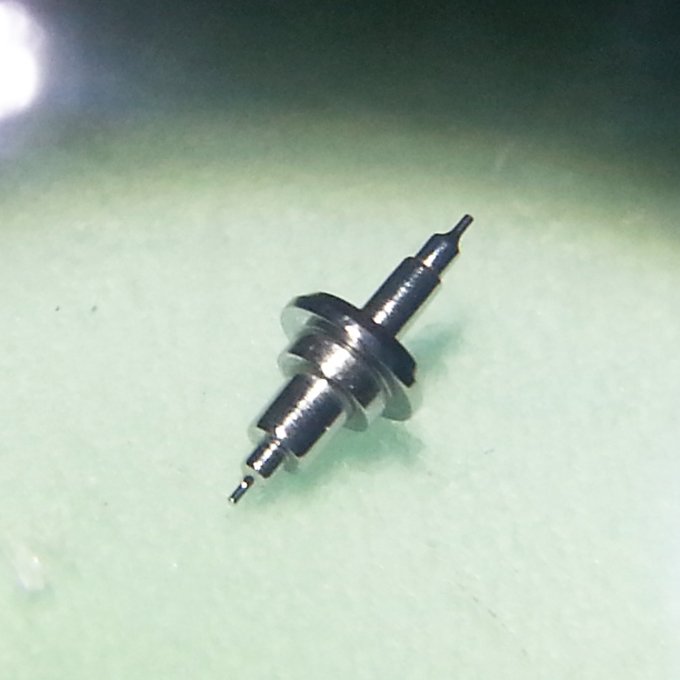
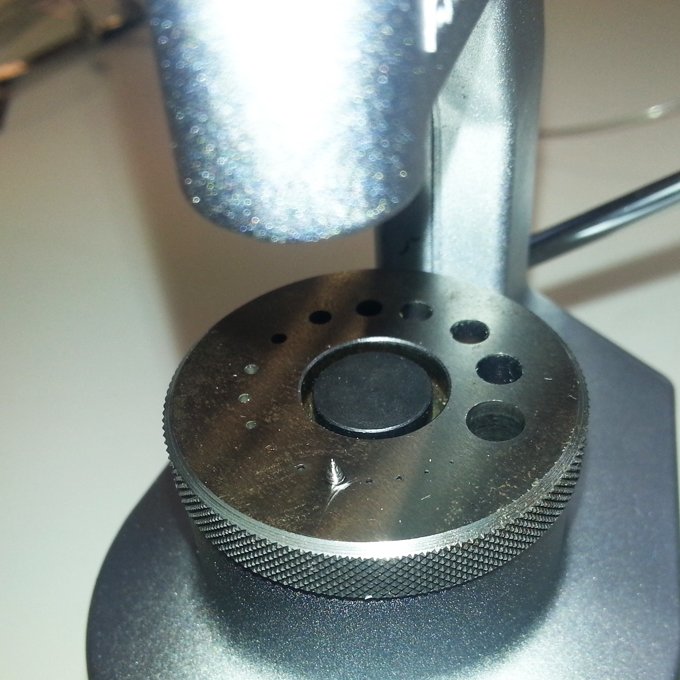

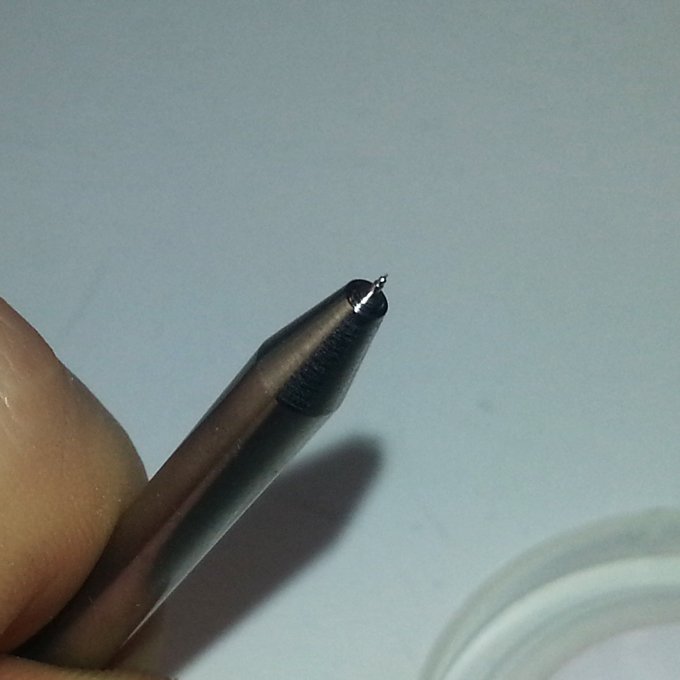
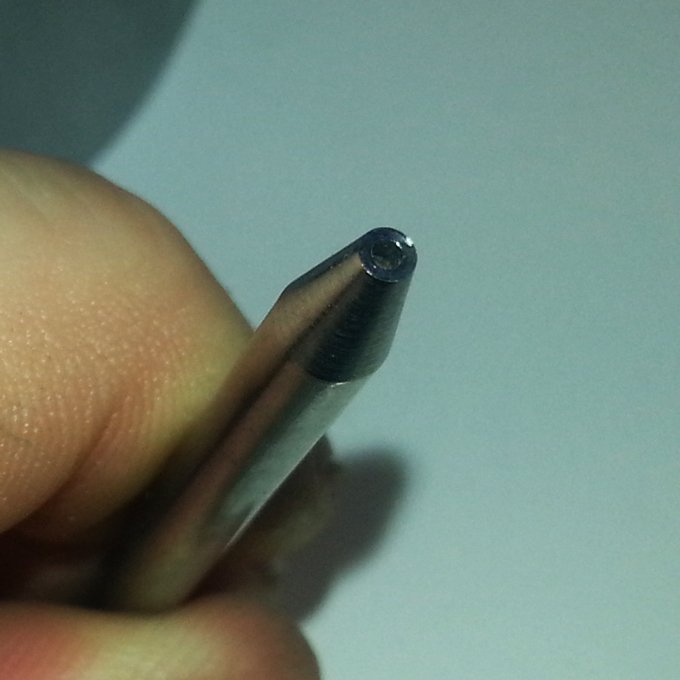
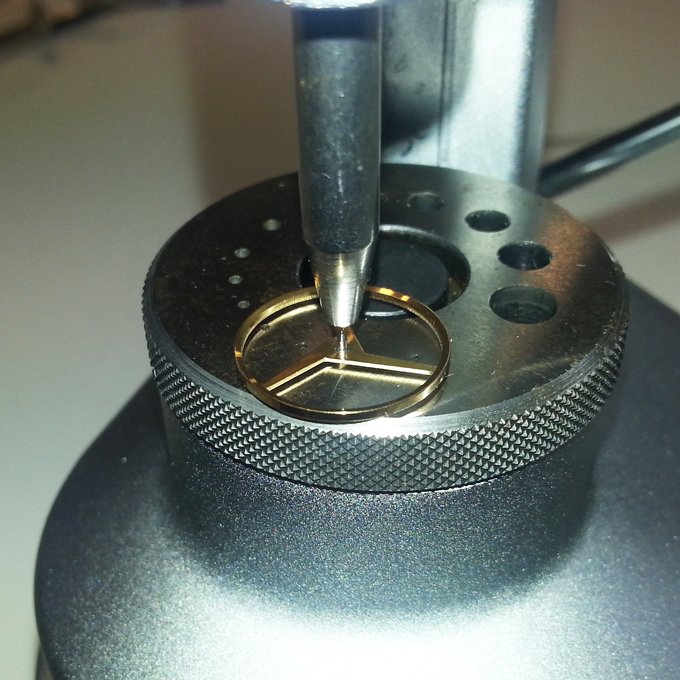
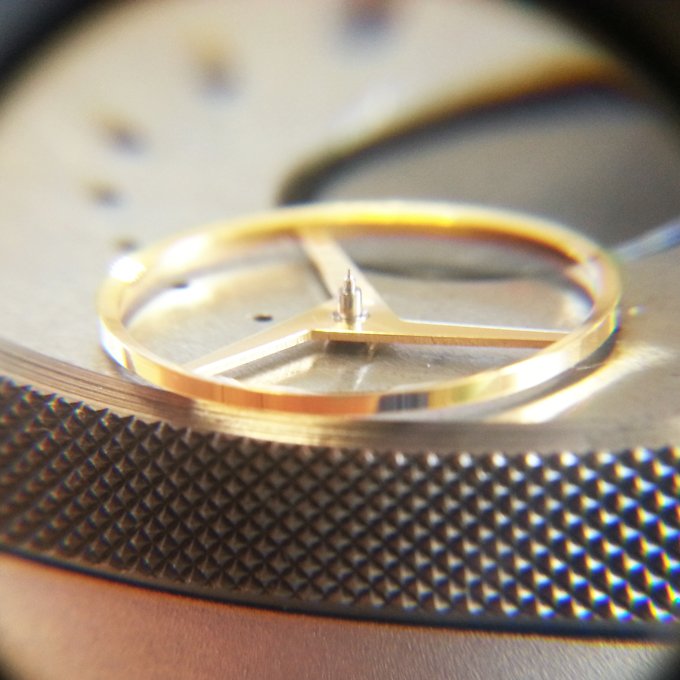


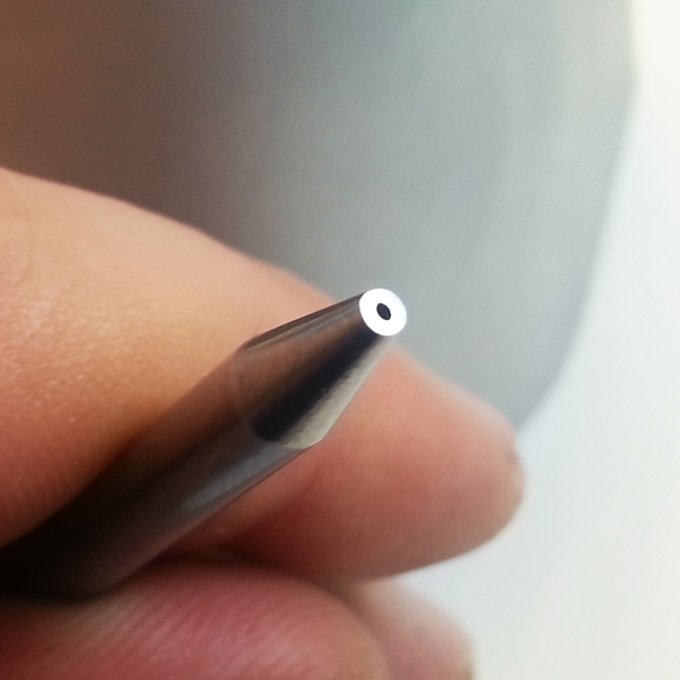
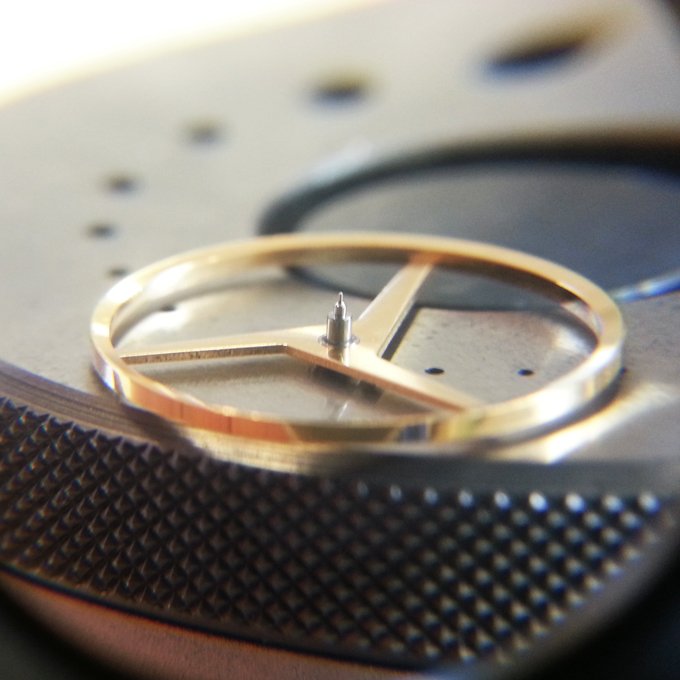
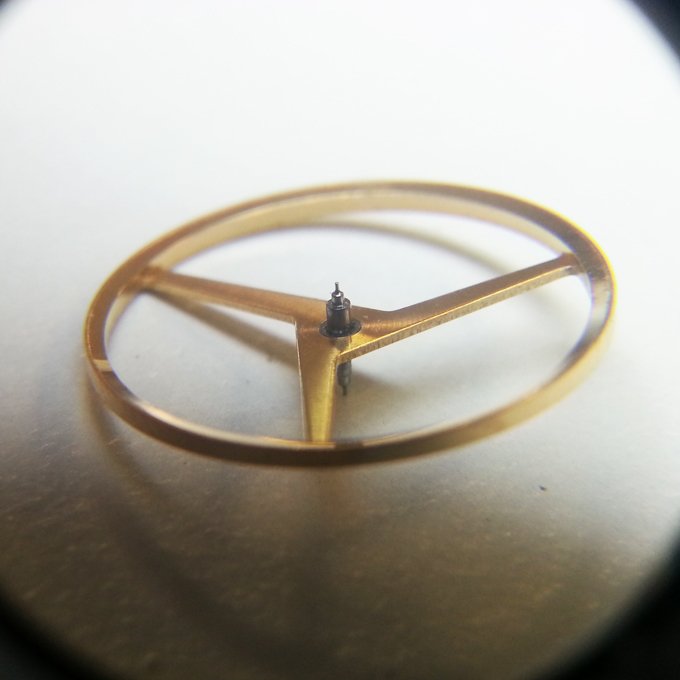

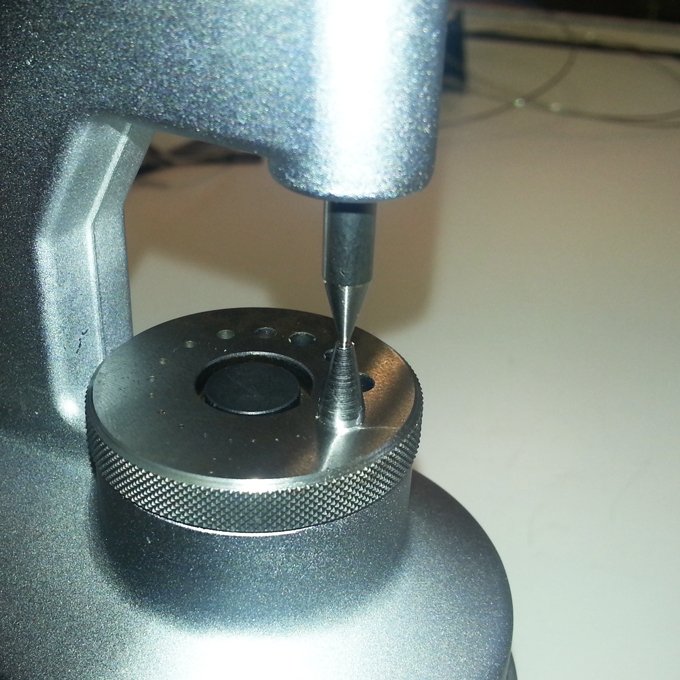

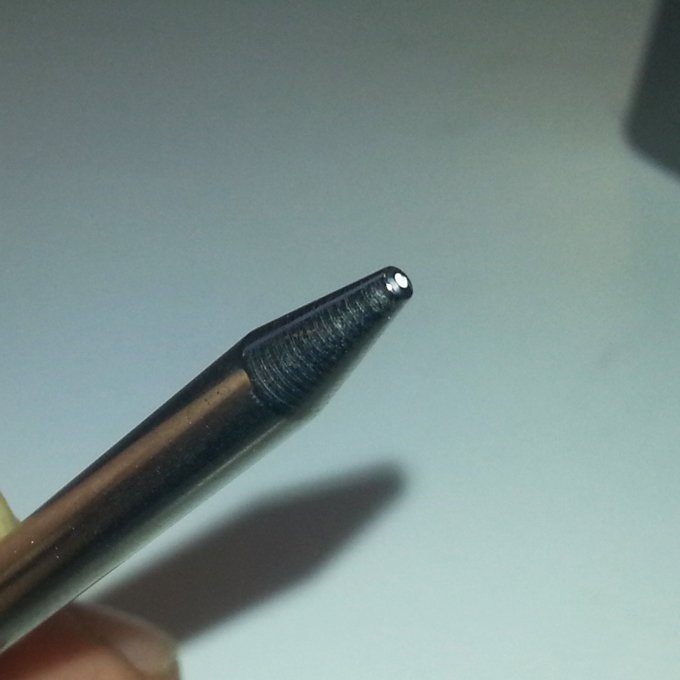


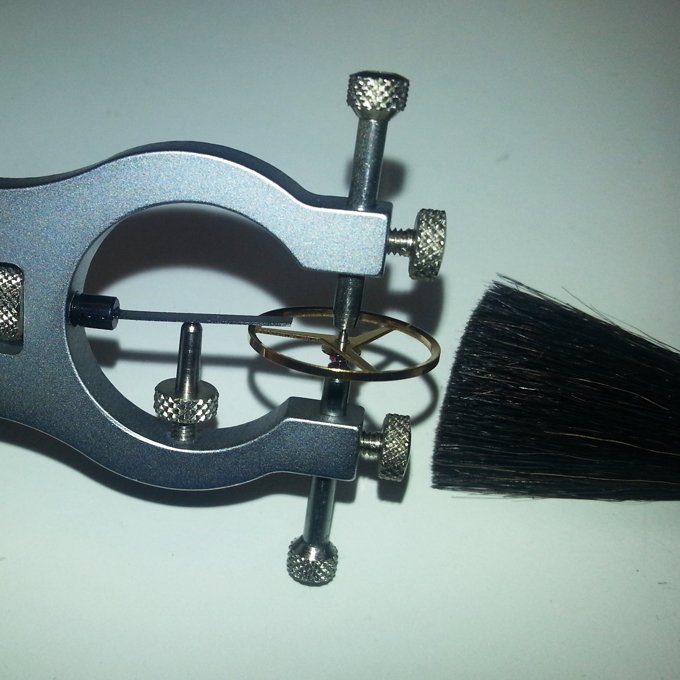

Great British Watch Company
bespoke hand-crafted watches
made in Great Britain
As seen in:



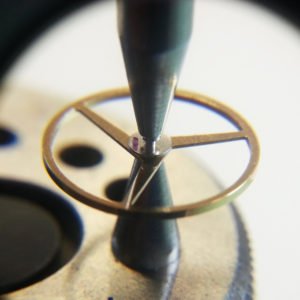
The balance wheel is comprised of a number of parts. Below is a guide to how to make the majority of the assembly, excluding the collet and balance spring.























Harold Joseph Nixon flew in Spitfire ML295, the Spitfire that The Few watch is being made from, a total of 5 times – with recovered gun camera footage from the aircraft recording his incredible skill as a pilot. His aggressive and professional attitude set the tone for his extensive tour as both a Hurricane and […]

British Watch Brands in 2024 Watchmaking is a British trade. This is evidenced by the fact that every major escapement design, and around three-quarters of the remaining innovations came from the UK. As a result there are now a number of emerging British watch companies and brands looking to revitalise that legacy. Below is a […]
David Harris
4 April, 2018 at 8:00 am
Hi Colin,
Excellent instructions and photos, thank you.
Do you know a good source on techniques for making the balance wheel itself please?
Thanks
David
Colin
4 April, 2018 at 10:45 am
Hi David, many thanks. My best advice would be to give George Daniels’ book watchmaking a look. He goes through the techniques to make every part of a watch in there.
Colin